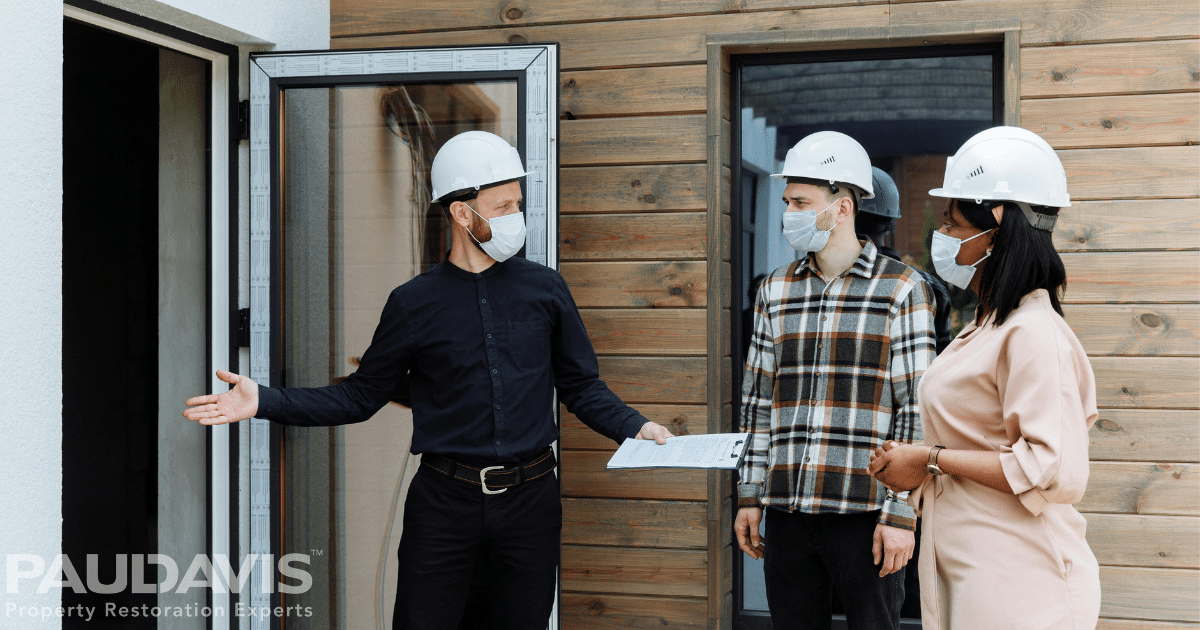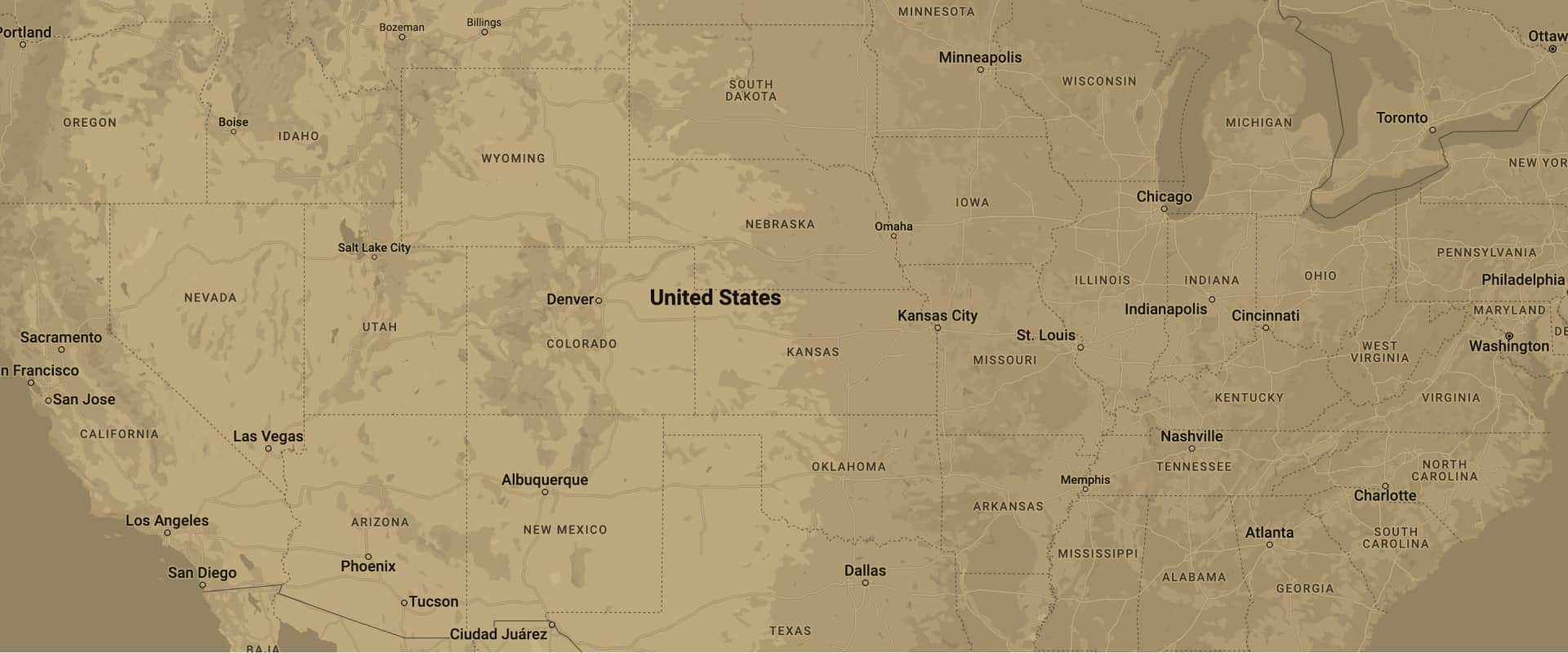Wood is a versatile, durable building material that easily shapes to nearly any form. Warm and beautiful to look at, it insulates well, accepts surface treatments and lasts a long time. Wood does have one notable Achilles heel: rot. A serious condition caused by fungus, rot bleeds the structural integrity and strength from wood. It needs several conditions to flourish: warmth, moisture, and oxygen. Of all of these, moisture is the one that homeowners can control most effectively. The key to preventing rot is allowing wood a chance to dry, keeping it painted, draining standing water and increasing air flow. Borate treatments, which are low toxicity, are another DIY method that makes wood resistant to hungry fungi.
How do you know if your efforts at repelling wood rot have been for naught? First, check areas that are at highest risk: windowsills, doors, areas under gutters and decks. Solid wood won’t feel soft when you press on it, nor should it smell moldy, feel cooler than surrounding areas, look spongy or appear discolored. Paint should cling tightly. Once rot is found, don’t delay in repairing rotted areas. Like rust and invasive weeds, a little quickly becomes a lot without prompt treatment. Here’s what to do:
- Scrape away all of the rot before beginning repairs. Any hidden rotted spots will continue to spread.
- Treat the exposed healthy wood with a commercial wood hardener, available at most home supply stores.
- Use a commercially available polyester wood filler to fill in the affected area. Many people use auto body fillers. This is a suitable material, though it is more difficult to use on vertical surfaces. Large areas may require several applications – smaller multiple layers dry with more structural integrity than a very large single treatment.
- When the filler is completely dry, sand and paint. As a bonus, that filled area will never rot again – while not nearly as desirable as wood, this synthetic material is impervious to moisture.
Did you know? Wood endures for centuries underwater because that environment lacks the oxygen that rot needs to thrive. The Brooklyn Bridge is just one example of a structure with a submerged wood foundation that has stood strong for generations.











